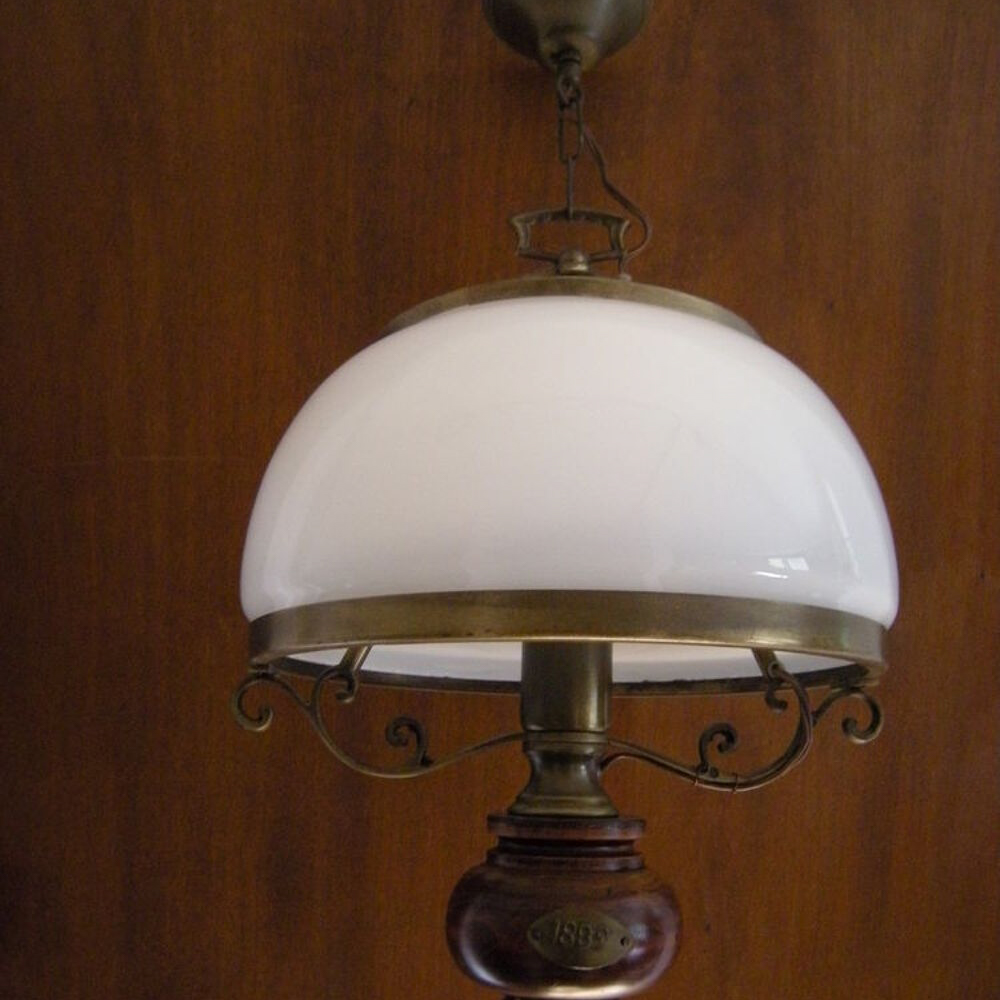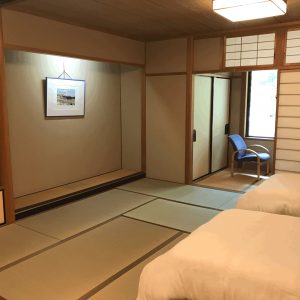
When a piece of furniture gets worn, most people simply throw it away or sell it—but chair reupholstery can give old furniture new life. The process can seem intimidating, but following some basic tips and taking your time will make the job easier. It is worth taking the extra step to hire an upholsterer, especially if you have a piece of expensive furniture that requires special care.
The first step is to remove the old fabric and set it aside, keeping it labeled for future reference if possible. This will help you keep track of what pieces go where as you reassemble the chair.
Using the seat cushion as a guide, cut the new upholstery fabric pieces to size. You’ll need to cut two pieces for the back and one each for the front, sides, and seat cushion. When cutting the fabric, remember to add a seam allowance of 1/2 inch to the edges of the piece. This will give you room to staple the fabric in place and will prevent the underlying material from showing through the top.
Once you have your fabric pieces, it’s time to start reupholstery. The most important tip for this process is to pull the fabric tightly. Loose, saggy fabric will show through the finished project and make the chair look sloppy and unprofessional.
When it comes to stapling, it’s also important to use good technique. Many furniture upholsterers use a special tool designed to yank upholstery staples or tacks out of wood, but you can get by with your regular hand tools. A pair of pliers with a dull side cutter works well to remove staples and tacks, but you’ll also need a screwdriver for certain jobs.
To create a crisp line when stapling, lay a strip of cardboard underneath the fabric before you begin. This will protect the furniture’s frame from the sharp points of the staples and help to ensure a clean, professional appearance.
When stapling the upholstery fabric to the chair, you’ll likely need to cut and fold a few times to achieve the right fit. It’s also a good idea to tack down any loose ends of the fabric before you finish.
Most chairs will need a trim like gimp or cording to cover the staples and provide a more finished appearance. You can purchase premade trim from most fabric stores or even make your own.
Before stapling the upholstery fabric to the seat cushion, add the bottom welting. This is a thin black strip that covers any springs or webbing and acts as a dust cover for the inside of the chair.
Once the seat cushion has been secured, you’ll need to staple the chair back to the frame and secure the new seat fabric to the seat cushion and back. If the chair has a pattern, take a minute to match the lines. Getting this right will make the finished chair look much more professional.
To secure the fabric to the seat, fold the edges of the seat fabric over the welting and staple in place. If your chair has rounded corners, you may need to fold and staple several times before the corner will lie flat.



